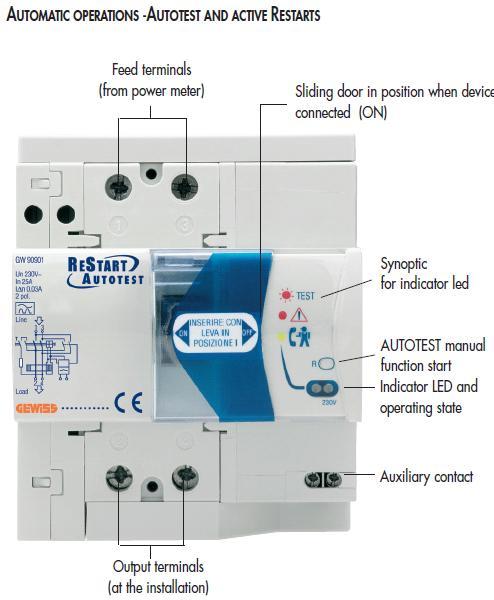- Joined
- 27 Jan 2008
- Messages
- 23,695
- Reaction score
- 2,670
- Location
- Llanfair Caereinion, Nr Welshpool
- Country

Two items spring to mind first is the X-Pole which is claimed to resist spikes [url] and the other is
these I am told cost around £350 each and test the line then auto reset.
However both are expensive and I would just swap for a new S type RCD at 300 ma and see if that improves matters.
For a TT supply 300ma is the size required to protect from fire and S type has a delay. It is permitted to have a socket marked up for freezer only without RCD protection but that refers to the 30ma RCD used for sockets and cables buried at less than 50mm not the main incoming one where it is not a TN earth.
However both are expensive and I would just swap for a new S type RCD at 300 ma and see if that improves matters.
For a TT supply 300ma is the size required to protect from fire and S type has a delay. It is permitted to have a socket marked up for freezer only without RCD protection but that refers to the 30ma RCD used for sockets and cables buried at less than 50mm not the main incoming one where it is not a TN earth.


